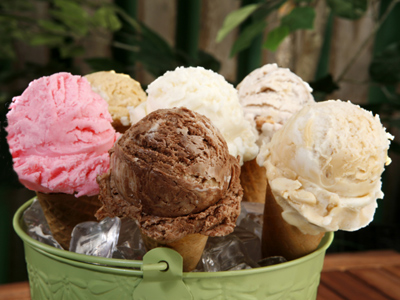

Oils
In this GCSE Chemistry quiz we look at some of the oils used in cooking - particularly the vegetable oils which are extracted from seeds, fruits and nuts.
Have you ever been on a car journey and looked out at field after field of bright yellow flowers? They are the very distinctive flowers of the rapeseed plant. As well as being very colourful and pretty, these plants are extremely useful. They produce very nutritious, oil-rich seeds and are the third largest source of vegetable oil in the world behind soyabean oil and palm oil.
Some fruits, seeds and nuts are rich in oils that can be extracted. To extract the oil, the plant material is first crushed. In some cases, for example the manufacture of olive oil or walnut oil, squeezing the fruits or nuts in a press is sufficient to obtain the oil. In other cases this does not work very well, so the oil needs to be dissolved in a solvent. The solvent can then be distilled off, leaving the vegetable oil behind. Plant extracts such as lavender, other oils used for making perfumes and sunflower oil are extracted in this way. Water and other impurities are removed leaving the oil pure and clear and ready for use.
Hydrophobic head - loves water - attaches to water
Hydrophobic head - loves water - attaches to oil
Hydrophilic head - loves water - attaches to water
Hydrophobic head - hates water - attaches to water
Ready for more?
not all...
quizzers. Try to win a coveted spot on our Hall of Fame Page.






